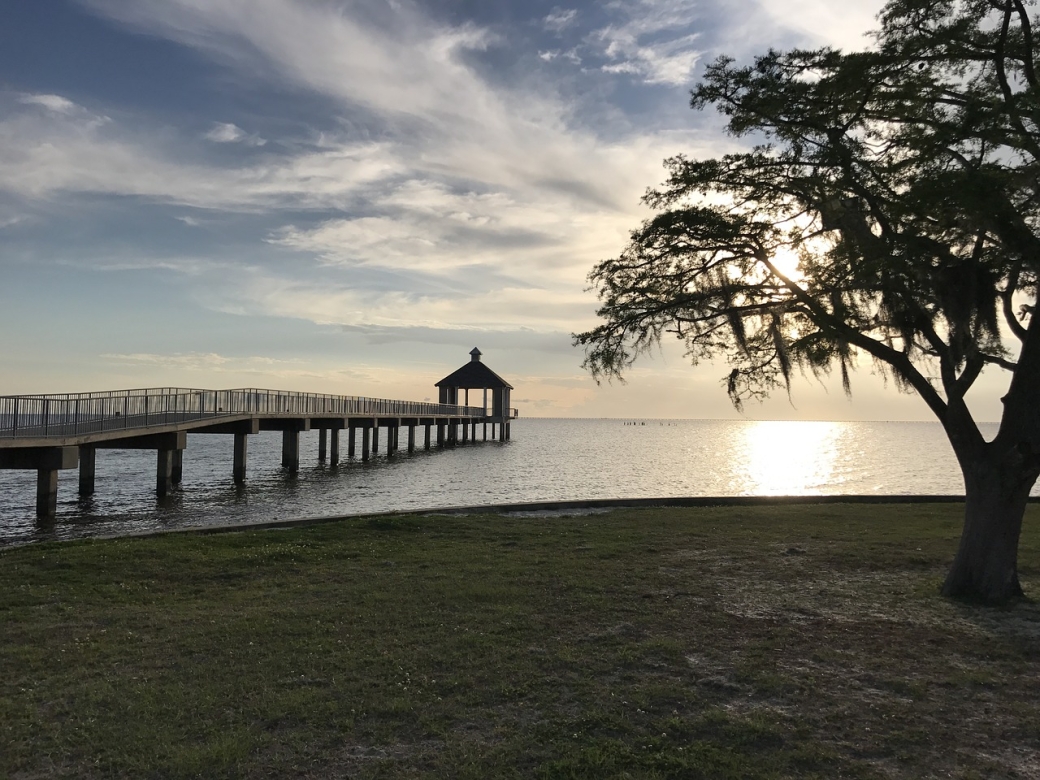The Costs of Obtaining Environmental Outcomes through Coastal Habitat Restoration

Coastal habitat in the Gulf of Mexico has been degrading for decades.
Habitat such as barrier islands, wetlands, and oyster reefs provide ecosystem services that include the protection of the coast from storms, coastal fisheries support, and wildlife habitat. The loss has been most significant along the Gulf of Mexico coast and in Louisiana in particular, with projected losses of more than 630,000 coastal acres from Louisiana alone by 2050, even after accounting for current restoration projects.
In this article published in the Center for the Blue Economy’s Journal of Ocean and Coastal Economics, the authors examine the relationship between investment in habitat restoration and environmental outcomes in coastal Louisiana. The purpose is to determine the environmental outcomes that can be expected from a given level of investment in coastal restoration projects (and which may also vary according to location and the type of restoration undertaken).
We examine a set of 133 Gulf of Mexico coastal habitat restoration projects to estimate the cost of obtaining average annual habitat units (AAHUs), a measure which captures the quantity and, importantly, quality of habitat restored, which is one of the more direct ecosystem service benefits from coastal restoration.
AAHUs are the environmental outcome considered during the assessment of proposed projects by decision-makers and therefore are a potential measurement unit that can more closely link costs and benefits of restoration.
For More Information
Read the Full Article: The Costs of Obtaining Environmental Outcomes through Coastal Habitat Restoration
